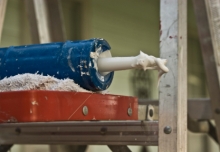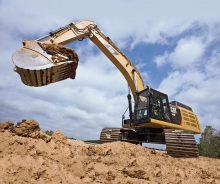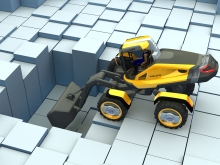New World Symphony and Miami Beach SoundScape
Those accustomed to architect Frank Gehry's signature swooping titanium forms might feel that the New World Symphony concert hall hits a low note; Walt Disney Concert Hall it is not. Instead, its boxy form and white stucco exterior reflect the traditional Art Deco architecture of Miami Beach. Located at Washington Avenue and 17th Street, just blocks from both the bustle of Lincoln Road and the beach, the $160 million building measures 100,641 sq. ft. and faces a new 2.5-acre urban park, situated on the site of a former parking lot. Looks can be deceptive; this stucco box contains a few surprises.











